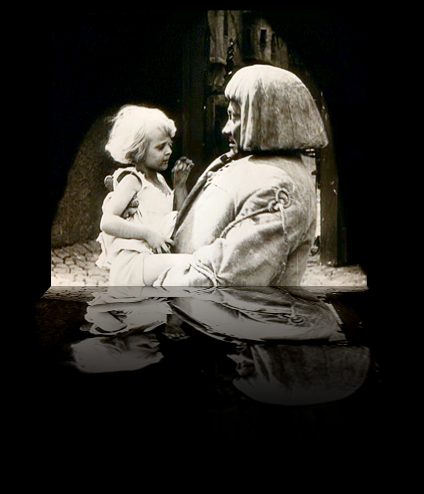 |
Mad Science: Conclusions Against the order or disorder around him the inventor struggles. Not accepted as part of society except in the instances where his abilities are useful, he works to subvert and sublimate the world, creating new, superior life to synthesize the human interaction he lacks. The analogous figure of the filmmaker, the architect of ephemeral time and space, creates temporary visions with which he or she struggles to recreate and reform the world. The power to create comes with the responsibility to use it appropriately and both figures: a filmmaker must learn from the fictional inventors who live as a testament to the caution necessary to deal with forces stronger than oneself.
Giedion, Sigfried. Space, Time and Architecture: the Growth of a new Tradition. Cambridge: Harvard University Press; 1941. Neumann, Dietrich. ed. Film Architecture: Set Designs from Metropolis to Blade Runner. Munich: Prestel; 1996. Dick, Philip K. Do Androids Dream of Electric Sheep? New York: Del Ray; 2001
Images from course disk and scanned from Neumann
|
| The Golem and the child [The Golem, 1920] | Return to ARCH 443/646 2007 |